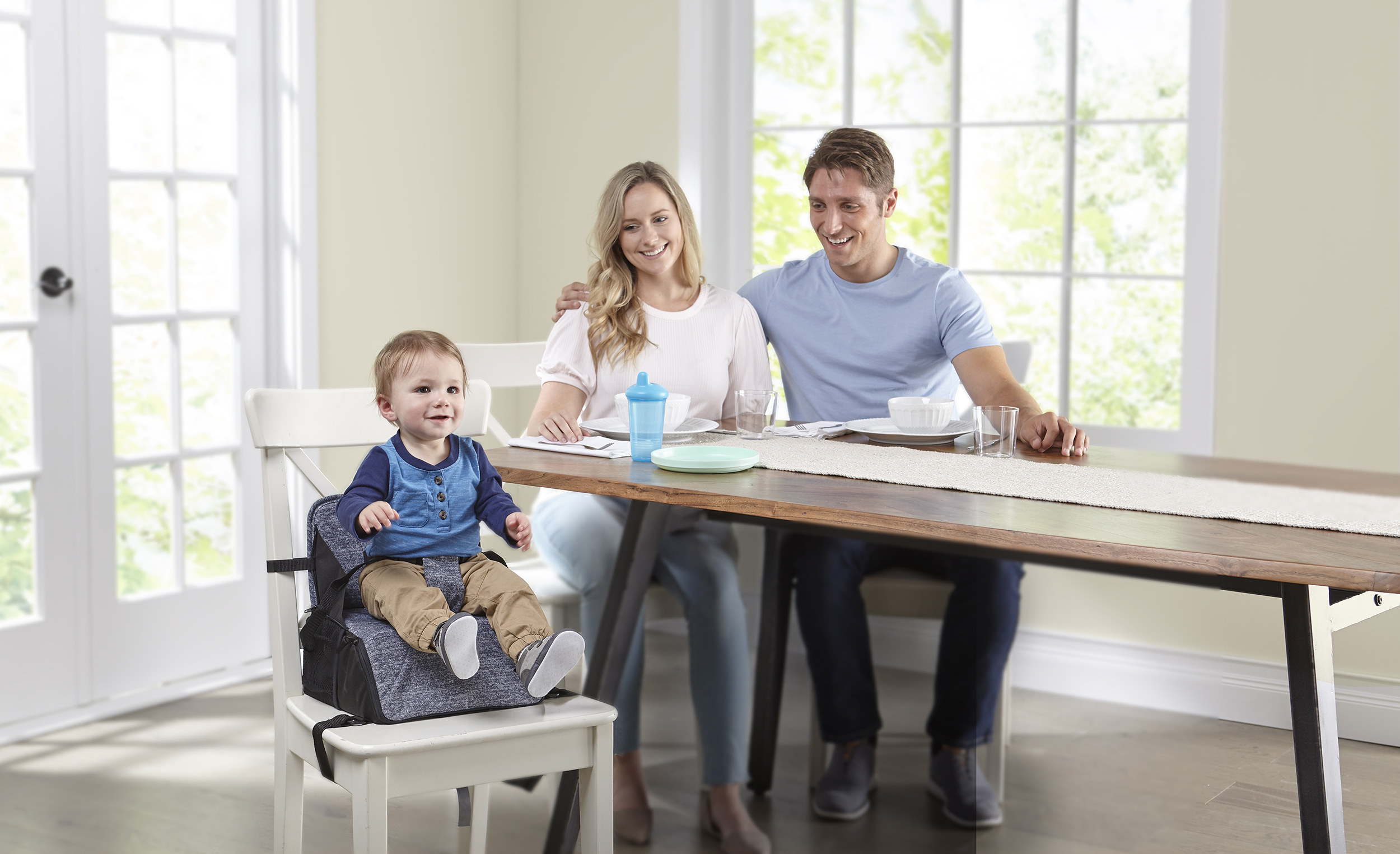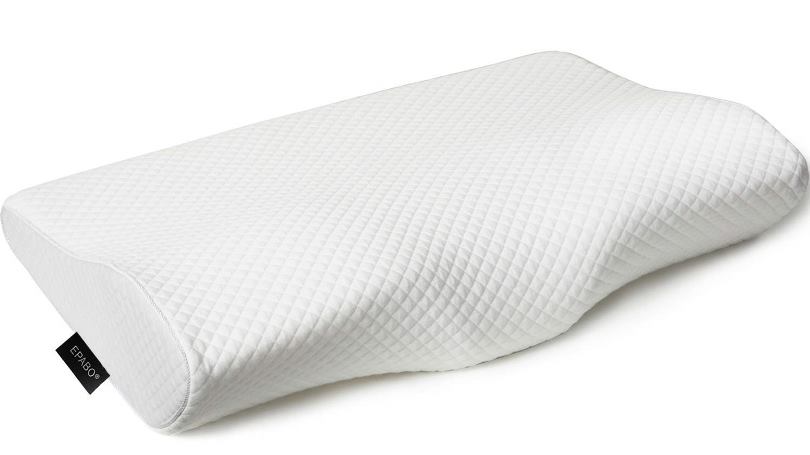1. How to Fix a Leaky Kitchen Sink Plumbing
Dealing with a leaky kitchen sink can be frustrating and may even cause damage to your cabinets and floors. Fortunately, fixing a leaky kitchen sink plumbing is not as complicated as it may seem. With some basic tools and a little bit of know-how, you can easily fix the problem yourself.
To start, turn off the water supply to your sink and place a bucket or towel underneath the pipes to catch any excess water. Then, carefully inspect the pipes for any cracks or loose connections. If there are any, use a wrench to tighten the connections or replace the damaged pipes.
If the pipes are in good condition, the leak may be coming from the sink itself. In this case, you will need to remove the sink and reseal it with plumber's putty or silicone caulk. Make sure to follow the instructions on the packaging for the best results. Once the sink is resealed, let it sit for at least 24 hours before using it again.
2. DIY Guide for Repairing Kitchen Sink Plumbing
Repairing kitchen sink plumbing can seem like a daunting task, but with the right tools and knowledge, it can be done easily and without the help of a professional. The first step is to determine the cause of the problem. Is it a clogged drain, a leaky pipe, or a malfunctioning garbage disposal?
If it's a clogged drain, you can try using a plunger or a homemade mixture of hot water, baking soda, and vinegar to clear it. For a leaky pipe, follow the steps mentioned in the previous heading. If your garbage disposal is not working properly, you can try resetting it or checking for any obstructions. If none of these solutions work, it may be time to call in a professional plumber.
3. Common Kitchen Sink Plumbing Problems and Solutions
Knowing the common kitchen sink plumbing problems and their solutions can save you time and money in the long run. Some of the most common issues include clogged drains, leaky pipes, and low water pressure.
To prevent clogged drains, make sure to avoid pouring grease, coffee grounds, and other food scraps down the sink. For leaky pipes, regular maintenance and inspections can help catch any problems early on. Low water pressure can be caused by a buildup of mineral deposits in the aerator, which can easily be cleaned with a mixture of water and vinegar.
4. Step-by-Step Guide for Fixing Kitchen Sink Plumbing
If you're a visual learner, a step-by-step guide for fixing kitchen sink plumbing can be helpful. Here's a simple guide to follow:
1. Turn off the water supply to the sink.
2. Place a bucket or towel underneath the pipes.
3. Inspect the pipes for any damage or loose connections.
4. Tighten connections or replace damaged pipes.
5. If the leak is coming from the sink, remove it and reseal it with plumber's putty or silicone caulk.
6. Let it sit for at least 24 hours before using the sink again.
5. Troubleshooting Tips for Kitchen Sink Plumbing Issues
When it comes to troubleshooting kitchen sink plumbing issues, it's important to be patient and thorough. Sometimes, the problem may not be as obvious as a clogged drain or a leaky pipe. Here are some tips to help you troubleshoot common problems:
- Check for any obstructions in the pipes or garbage disposal
- Make sure all connections are tight and secure
- Inspect the sink for any cracks or damage
- Use a plunger or chemical drain cleaner for clogs
- Check the water supply valve to make sure it's fully open
6. Tools and Materials Needed for Fixing Kitchen Sink Plumbing
Having the right tools and materials is crucial for fixing kitchen sink plumbing. Some essential items include a wrench, plunger, pipe cutter, pipe wrench, plumber's putty or silicone caulk, and a bucket or towel. Depending on the problem, you may also need a drain snake, chemical drain cleaner, or replacement pipes.
7. How to Unclog a Kitchen Sink Drain
A clogged kitchen sink drain can be a major inconvenience, but it can be easily fixed with the right tools and techniques. Here's how to unclog a kitchen sink drain:
1. Start by using a plunger to try and dislodge the clog.
2. If that doesn't work, try using a drain snake to break up the clog.
3. You can also try a homemade mixture of hot water, baking soda, and vinegar.
4. If all else fails, use a chemical drain cleaner, following the instructions on the packaging carefully.
8. Importance of Properly Installed Kitchen Sink Plumbing
Properly installed kitchen sink plumbing is essential for the overall functionality and longevity of your sink. A poorly installed plumbing system can lead to leaks, clogs, and other issues that can cause damage to your sink and surrounding areas.
It's important to hire a professional plumber or to carefully follow instructions when installing new plumbing. Regular maintenance and inspections can also help ensure that your sink plumbing is in good condition.
9. Signs that Your Kitchen Sink Plumbing Needs to be Fixed
It's important to pay attention to any signs that your kitchen sink plumbing may need to be fixed. Some common signs include slow draining water, foul odors coming from the sink, rust or corrosion on pipes, and visible leaks. If you notice any of these signs, it's important to address the issue as soon as possible to prevent further damage.
10. Professional vs DIY: Which is Better for Fixing Kitchen Sink Plumbing?
When it comes to fixing kitchen sink plumbing, the decision to hire a professional or DIY depends on the severity of the problem and your level of expertise. Some minor issues, such as a clogged drain or a loose connection, can be easily fixed on your own. However, more complex issues may require the skills and knowledge of a professional plumber.
It's important to weigh the pros and cons of each option and choose what's best for your situation. Whichever route you choose, make sure to prioritize the safety and functionality of your sink plumbing.
The Importance of Proper Kitchen Sink Plumbing

Why It Matters
 Proper
kitchen sink plumbing
is an essential aspect of a well-functioning kitchen. It not only ensures the efficient flow of water but also prevents potential
plumbing
issues in the future. A
kitchen sink
is one of the most frequently used areas in a house, and it is crucial to have a properly functioning
plumbing
system to avoid any inconvenience or disruption in daily activities. In this article, we will delve into the importance of proper
kitchen sink plumbing
and how you can fix any issues that may arise.
Proper
kitchen sink plumbing
is an essential aspect of a well-functioning kitchen. It not only ensures the efficient flow of water but also prevents potential
plumbing
issues in the future. A
kitchen sink
is one of the most frequently used areas in a house, and it is crucial to have a properly functioning
plumbing
system to avoid any inconvenience or disruption in daily activities. In this article, we will delve into the importance of proper
kitchen sink plumbing
and how you can fix any issues that may arise.
The Risks of Poor Plumbing
 Poor
plumbing
in your kitchen sink can lead to a multitude of problems. One of the most common issues is a clogged drain, which can cause water to back up and flood your sink. This can result in unpleasant odors, potential damage to your sink and cabinets, and even mold growth. In addition, a leaky faucet or pipe can waste a significant amount of water, leading to higher
utility
bills. Ignoring these
plumbing
issues can also lead to more severe damage to your home's foundation and structural integrity.
Poor
plumbing
in your kitchen sink can lead to a multitude of problems. One of the most common issues is a clogged drain, which can cause water to back up and flood your sink. This can result in unpleasant odors, potential damage to your sink and cabinets, and even mold growth. In addition, a leaky faucet or pipe can waste a significant amount of water, leading to higher
utility
bills. Ignoring these
plumbing
issues can also lead to more severe damage to your home's foundation and structural integrity.
How to Fix Kitchen Sink Plumbing
 Fixing
kitchen sink plumbing
issues can seem like a daunting task, but with the right tools and knowledge, it can be a fairly straightforward process. First, you must identify the problem. Is it a clogged drain, a leaky faucet, or a broken pipe? Once you have identified the issue, you can then gather the necessary tools and materials to fix it. For minor clogs, a plunger or
plumbing snake
may do the trick. For more severe clogs, you may need to use a chemical drain cleaner or call a professional for assistance. If you have a leak, make sure to turn off the water supply and replace any damaged pipes or fittings. It is always best to consult a professional if you are unsure or uncomfortable with fixing the issue yourself.
Fixing
kitchen sink plumbing
issues can seem like a daunting task, but with the right tools and knowledge, it can be a fairly straightforward process. First, you must identify the problem. Is it a clogged drain, a leaky faucet, or a broken pipe? Once you have identified the issue, you can then gather the necessary tools and materials to fix it. For minor clogs, a plunger or
plumbing snake
may do the trick. For more severe clogs, you may need to use a chemical drain cleaner or call a professional for assistance. If you have a leak, make sure to turn off the water supply and replace any damaged pipes or fittings. It is always best to consult a professional if you are unsure or uncomfortable with fixing the issue yourself.
Preventative Measures
 To avoid
kitchen sink plumbing
issues in the future, it is essential to practice good preventative measures. Properly disposing of food scraps and avoiding pouring grease down the drain can prevent clogs from forming. Regularly cleaning your sink and pipes can also help remove any buildup that may cause issues. It is also recommended to have a professional inspect your
plumbing
system at least once a year to catch any potential issues early on.
In conclusion, proper
kitchen sink plumbing
is crucial for the functionality and longevity of your kitchen. By understanding the risks of poor
plumbing
and knowing how to fix and prevent issues, you can ensure a well-maintained and efficient
kitchen sink
for years to come. Remember to always consult a professional if you are unsure or uncomfortable with fixing any
plumbing
issues yourself.
To avoid
kitchen sink plumbing
issues in the future, it is essential to practice good preventative measures. Properly disposing of food scraps and avoiding pouring grease down the drain can prevent clogs from forming. Regularly cleaning your sink and pipes can also help remove any buildup that may cause issues. It is also recommended to have a professional inspect your
plumbing
system at least once a year to catch any potential issues early on.
In conclusion, proper
kitchen sink plumbing
is crucial for the functionality and longevity of your kitchen. By understanding the risks of poor
plumbing
and knowing how to fix and prevent issues, you can ensure a well-maintained and efficient
kitchen sink
for years to come. Remember to always consult a professional if you are unsure or uncomfortable with fixing any
plumbing
issues yourself.



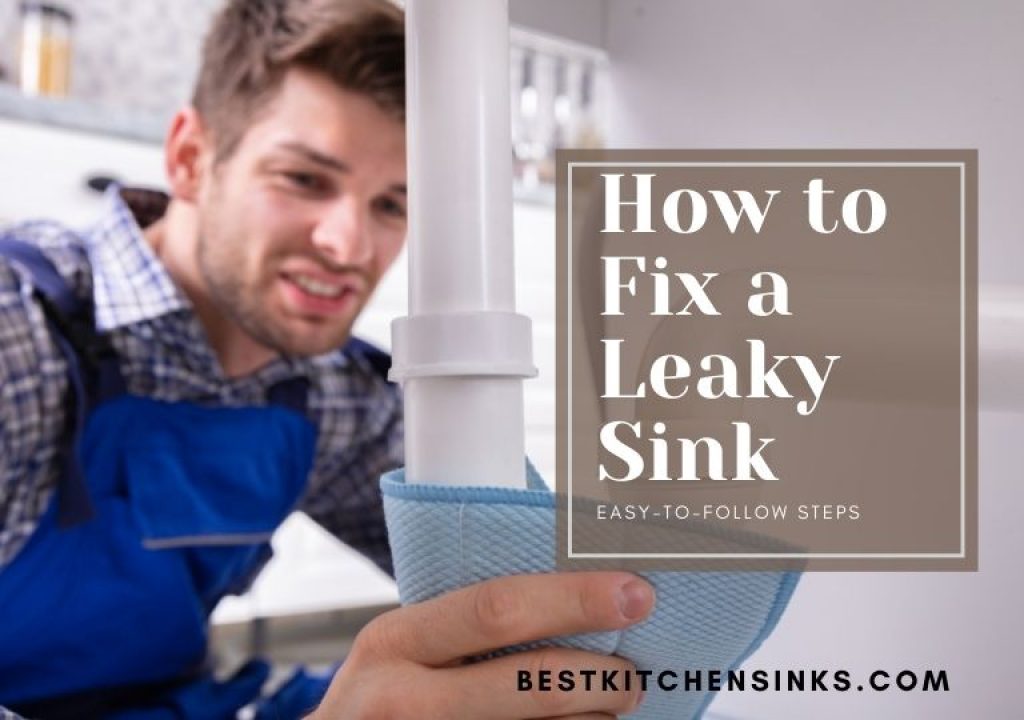








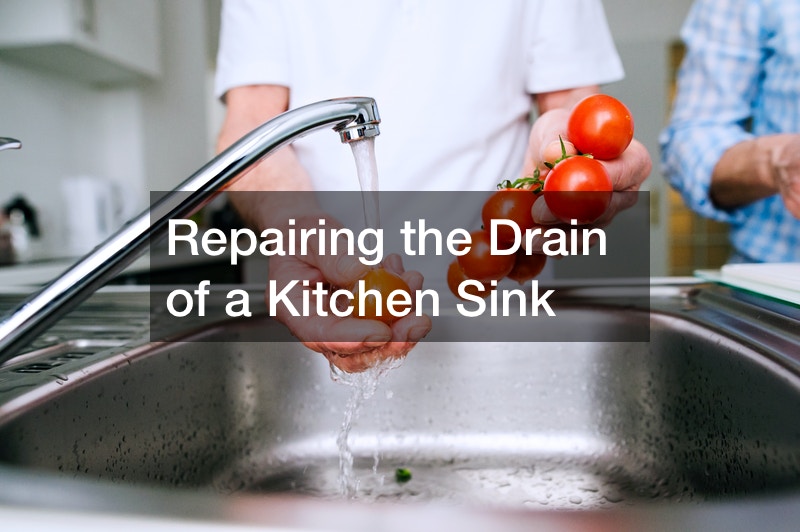




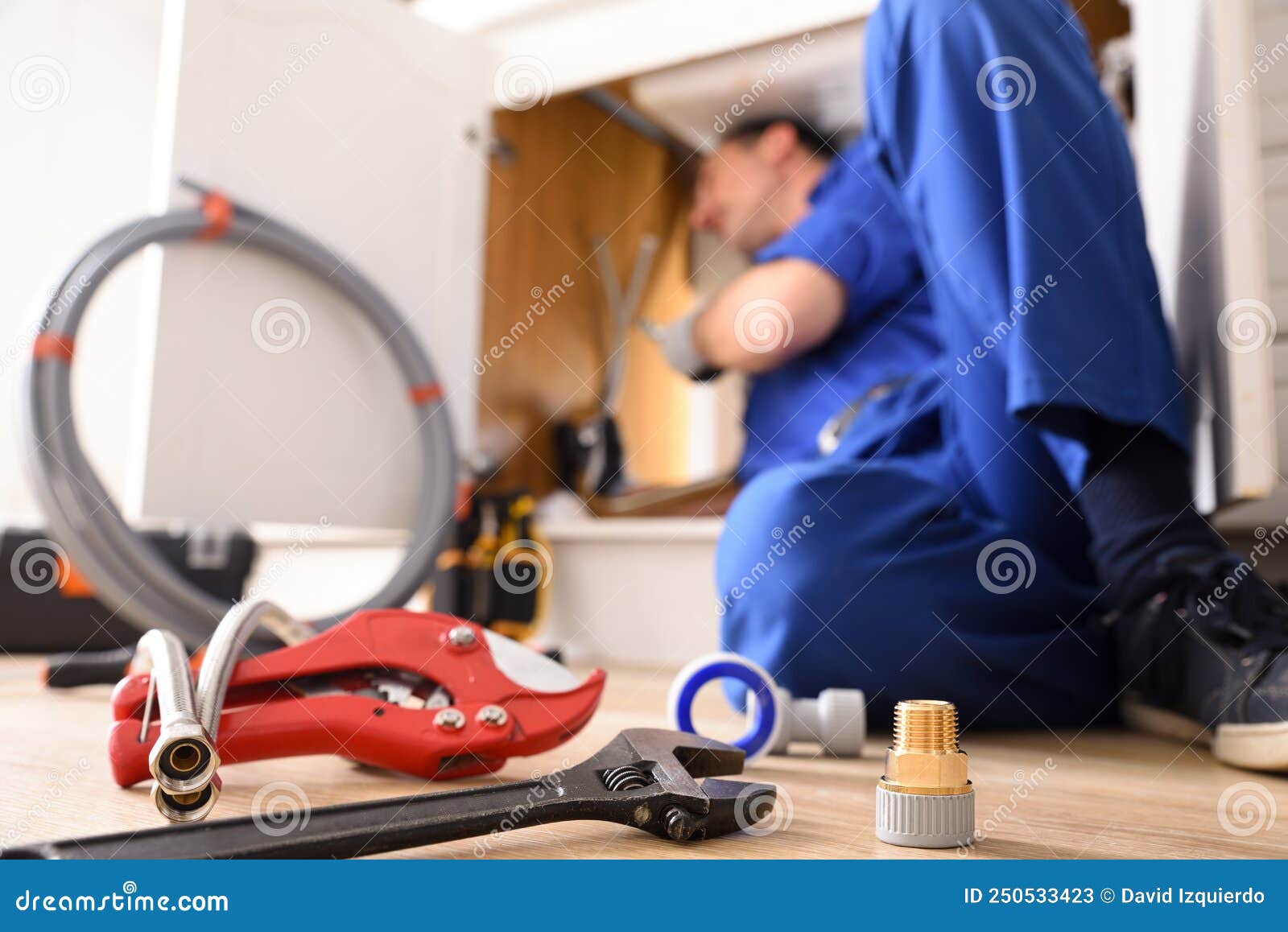

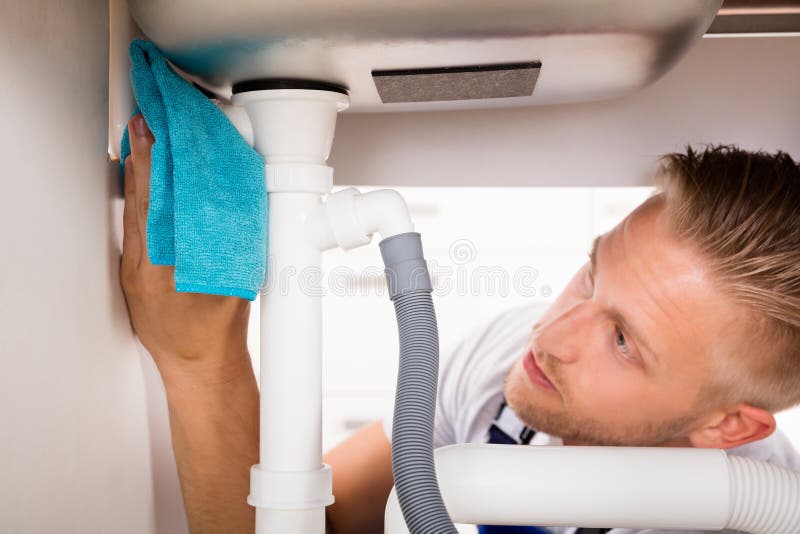




/how-to-install-a-sink-drain-2718789-hero-24e898006ed94c9593a2a268b57989a3.jpg)


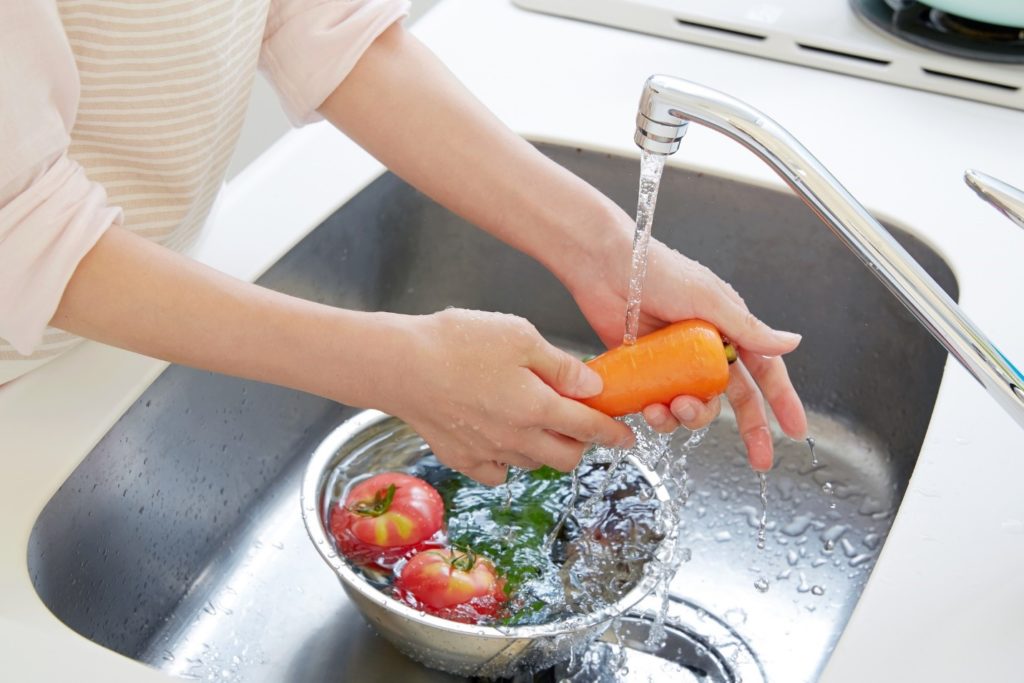















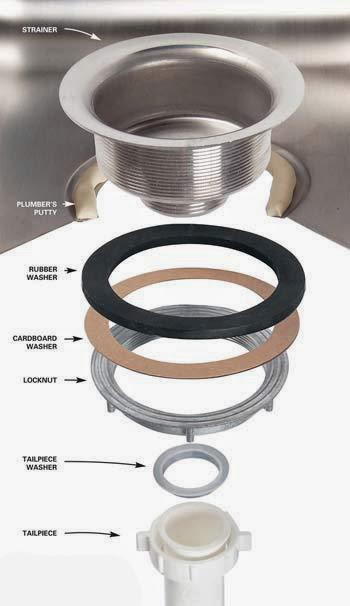





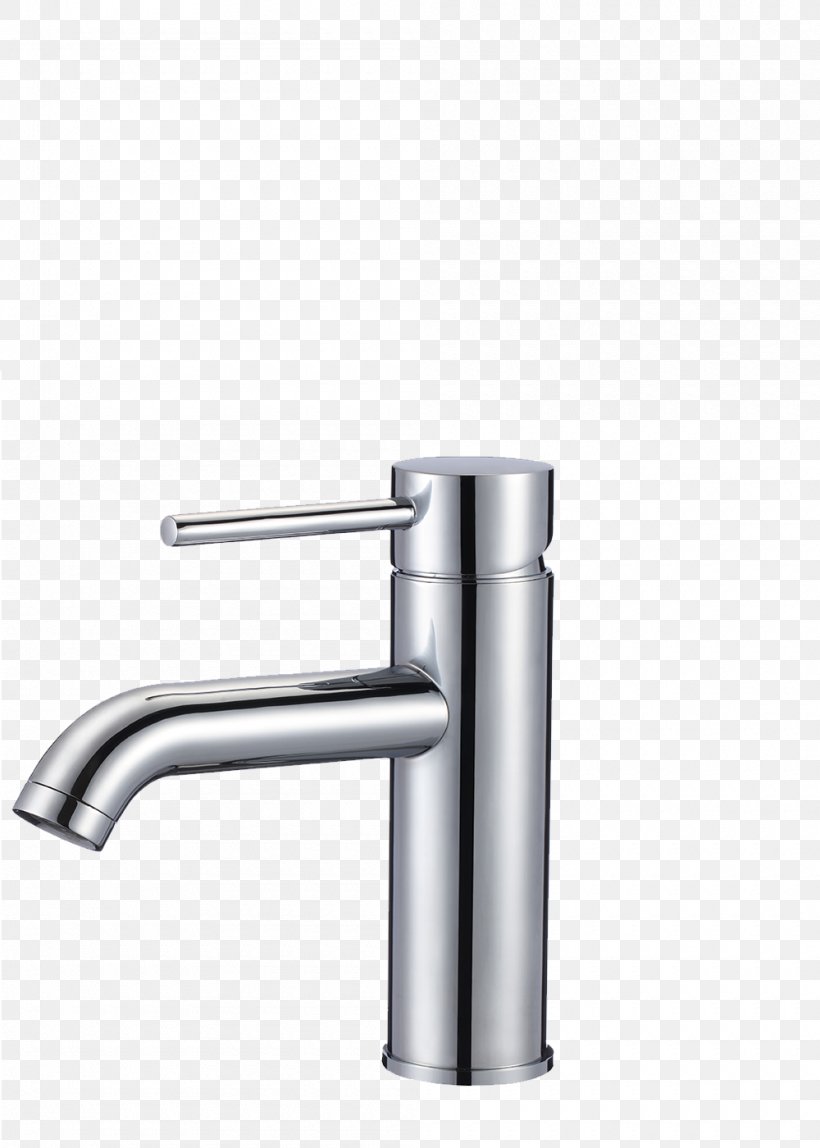

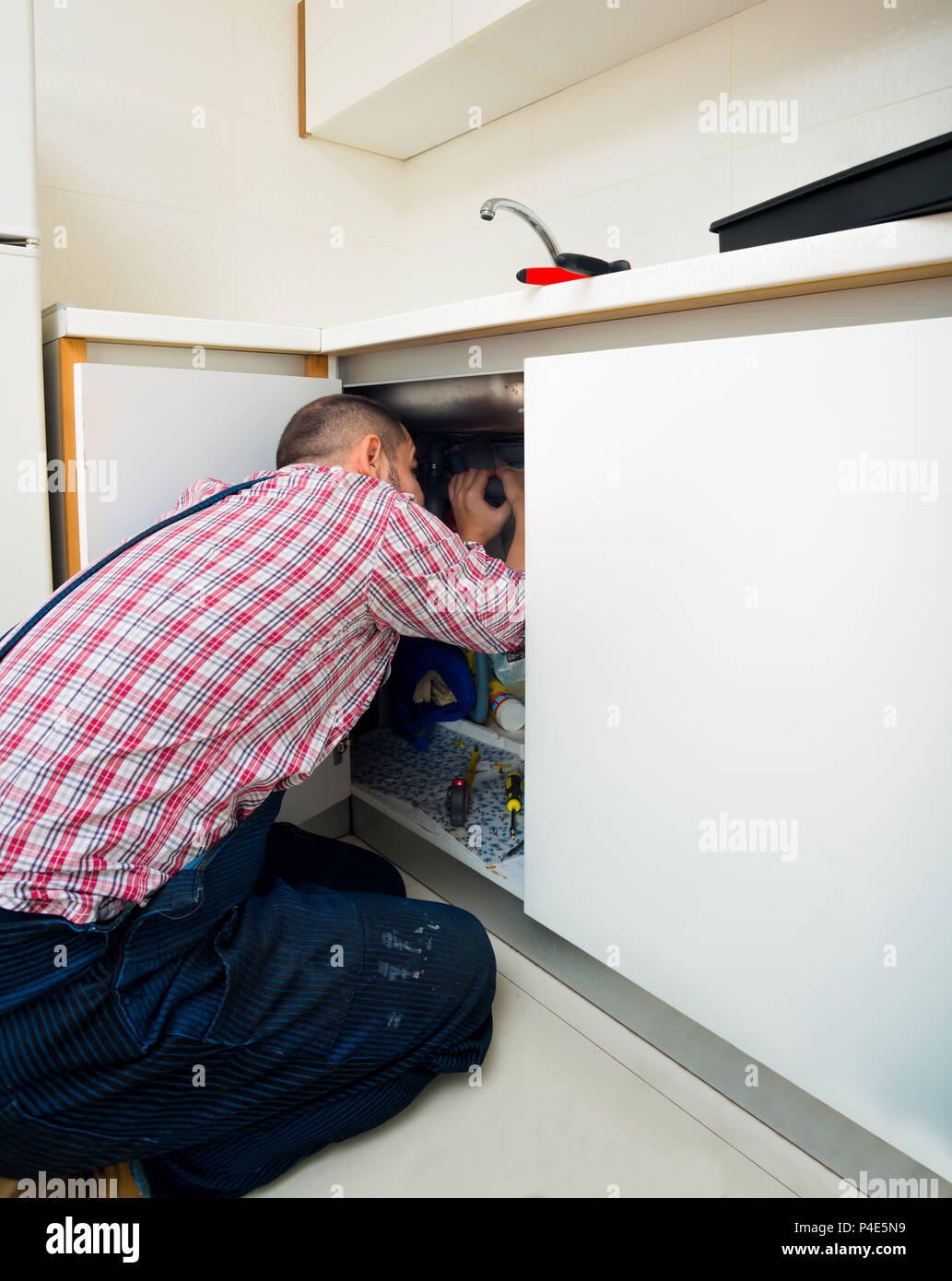
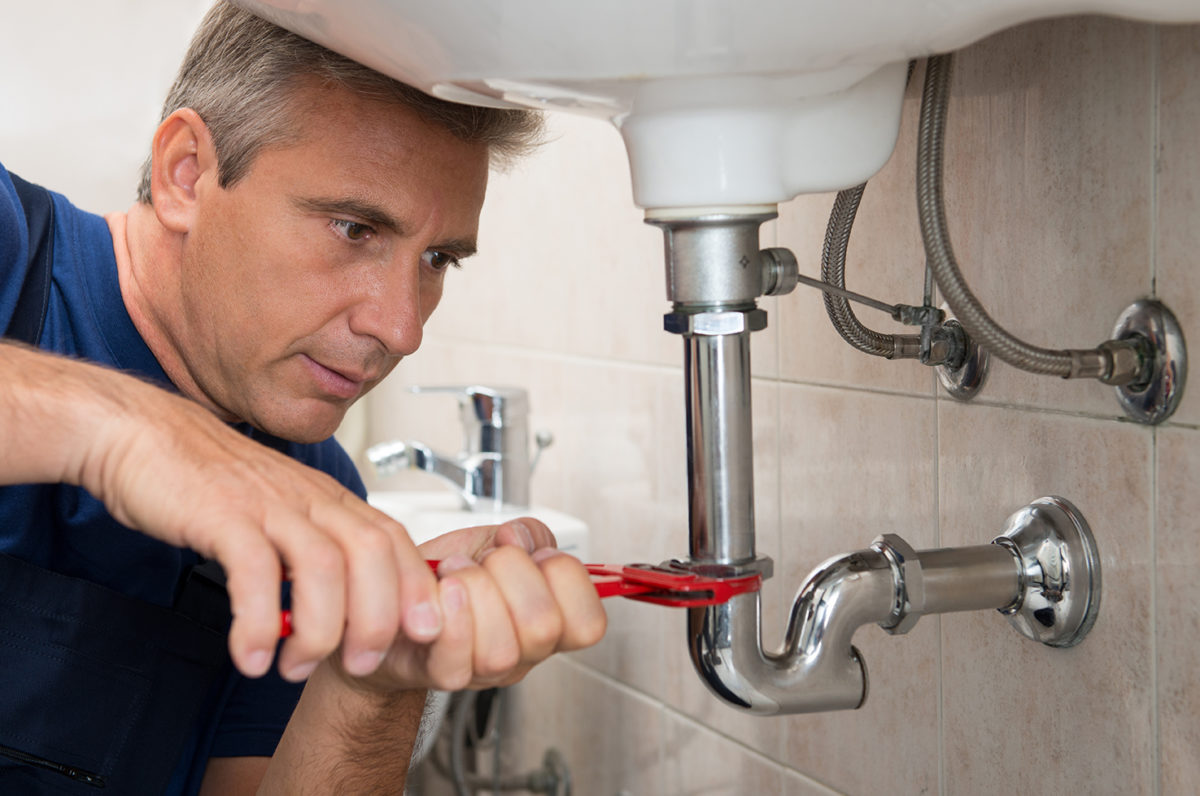

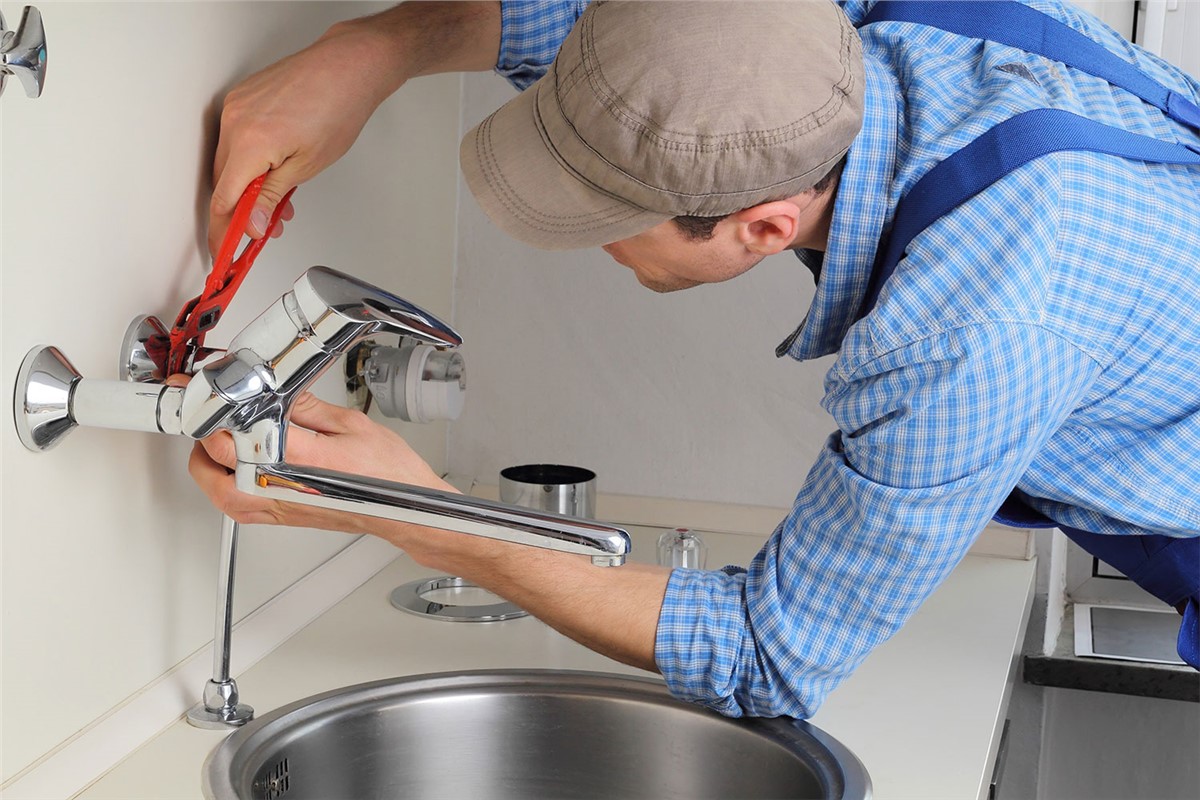














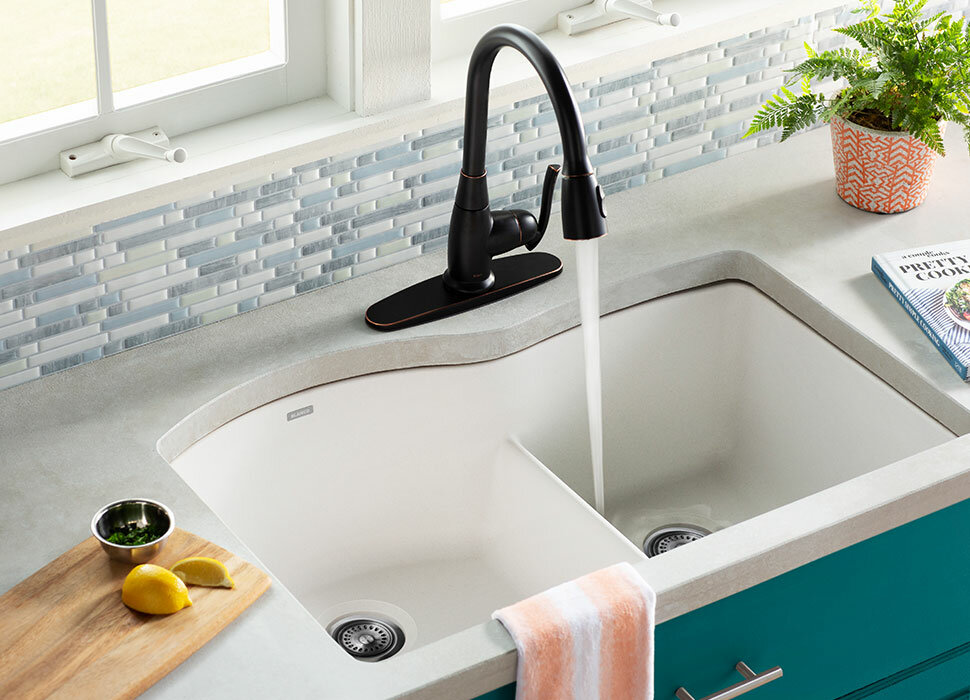







:max_bytes(150000):strip_icc()/Basic-kitchen-sink-types-1821207_color_rev-0b539306b9ef4236a136624ad2a89a4c.jpg)









